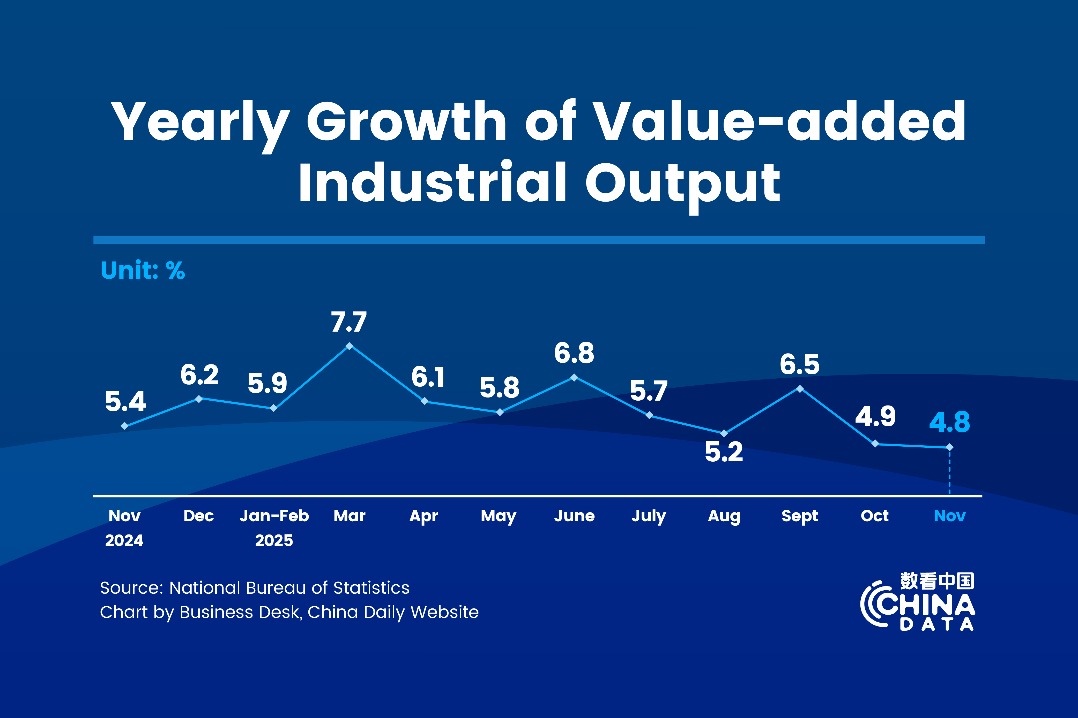Domestic winemakers remain in high spirits


"The winemaking industry in Ningxia could become better integrated with the tourism and cultural sector. The chateaus there can offer different sceneries and experiences for travelers and help attract more customers," said Li Jincan, an analyst at the LeadLeo Research Institute.
"Besides, the winemaking sector in Ningxia could get integrated with sectors such as finance, real estate and healthcare. It can help inject new resources and services into those sectors and attract more talent, technology and funds from those sectors," Li said.
Last year, despite an unfavorable foreign trade environment due to the COVID-19 pandemic, the export value of wines from Ningxia reached 2.65 million yuan, up 46.4 percent year-on-year, according to Yinchuan Customs.
Xige Estate, founded in 2017, is one of the largest winemakers in Ningxia. It has continued to export to Switzerland and Canada despite the impact from the pandemic. Earlier this year, Xige exported a large volume of wines to Switzerland.
"Despite the pandemic having caused a longer cycle of transportation and strict inspection measures, we have managed to continue the wine export business," said Zhang Yanzhi, president and founder of Xige Estate.
"China's huge domestic market has provided a lot of business opportunities and demand for winemakers like us. There is significant room for wine consumption growth in China," Zhang said.
On another front, in late March, China decided to impose anti-dumping duties ranging from 116.2 percent to 218.4 percent on Australian wines for a period of five years, according to the Ministry of Commerce.
Before the announcement, Australia was the leading wine exporter to China since 2019, according to industry association Wine Australia. The ruling has had a significant impact on major Australian wine retailers such as Treasury Wine Estates, though the influence on Chinese importers will be limited as they can choose to import similar types of wines from other countries, industry experts observed.
"The domestic wine industry is expected to embrace more growth opportunities in the market after the ruling," Li of LeadLeo said.
Last year, Chinese consumers drank approximately 1.24 billion liters of wine, making China the sixth-largest wine consumer worldwide. The United States and France stood as the two largest consumers of wine, according to research firm Statista.
Combined, the US and China will account for approximately 70 percent of the global e-commerce alcohol market value by the end of 2024, according to IWSR.




































